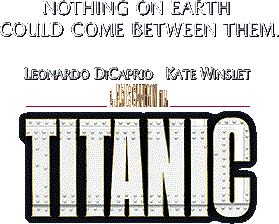Sixteen years after the release of An American Werewolf in London, some brainiac has decided that there should be a sequel. The original was by no means perfect, but had some impressive effects, a little bit of charm, and a good sense of humor… three things the sequel lacks.
Three Americans, Andy (Tom Everett Scott), Brad (Vince Vieluf) and Chris (Phil Buckman), are on a daredevil tour of Europe. Andy is behind the other two on points, so he decides to tackle a crazy stunt to boost his standing: bungee jumping off the Eifel Tower. However, his plans go awry when he runs across a suicidal girl, Serafine (Julie Delpy), planning to jump off the tower without a rope.
It turns out that Serafine is the daughter of the original “American Werewolf in London”, and is carrying the hereditary disease of lycanthropy, and has been spreading it around Paris. It seems that there is a cult of werewolves preying on the human populace from a local nightclub (shades of Interview With The Vampire). Of course, Serafine wants nothing to do with the new werewolves, and Andy is willing to do anything to help her.
The original American Werewolf in London created its werewolves with groundbreaking makeup effects. Now, however, mere makeup effects wouldn’t suffice for a savvy movie audience, so the computer graphics are brought in. Unfortunately, they’re not quite up to the job. Technically, the werewolves are done well…but not well enough to blend seamlessly with the rest of the film. The resulting werewolves are too cartoony to be remotely frightening.
Since the creatures are the central point of any monster movie, An American Werewolf in Paris is off to a bad start…and it gets worse from there. Director Anthony Waller’s script is a hodgepodge of flimsy characters and bad ideas. Even as a straight werewolf story, it lacks consistency. How many full moons in a row are there? And why don’t those undead “walking meatloafs” ever pester the bad guys?
Tom Everett Scott, who showed a bit of potential in That Thing You Do!, develops none of it here. Julie Delpy is a bit more successful, but the script puts her in awkward situations, and gives her very little to work with (What’s the deal with those human heart milkshakes?)
A sequel to An American Werewolf in London could have (and should have) been mildly amusing. This mindless dreck is exactly the sort of stuff that gives sequels a bad name.





